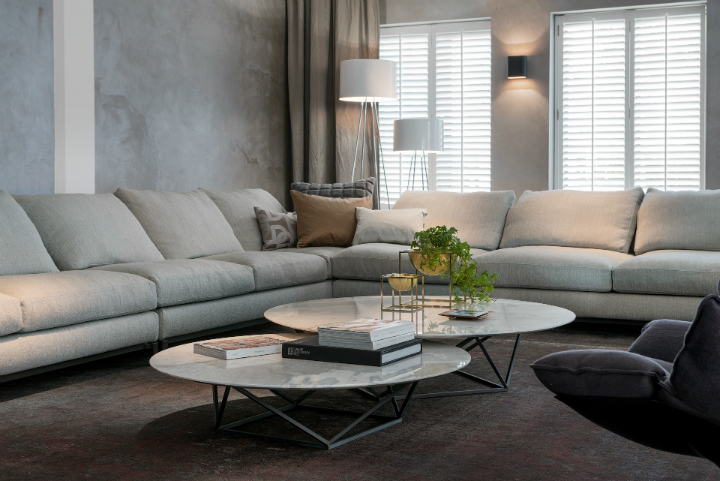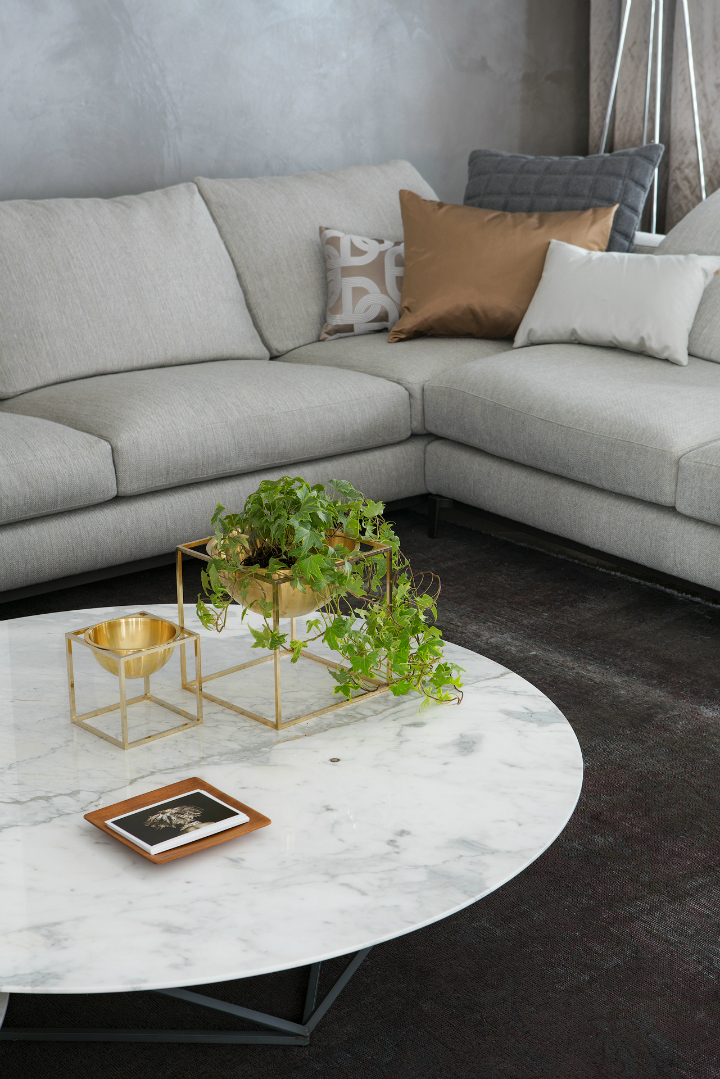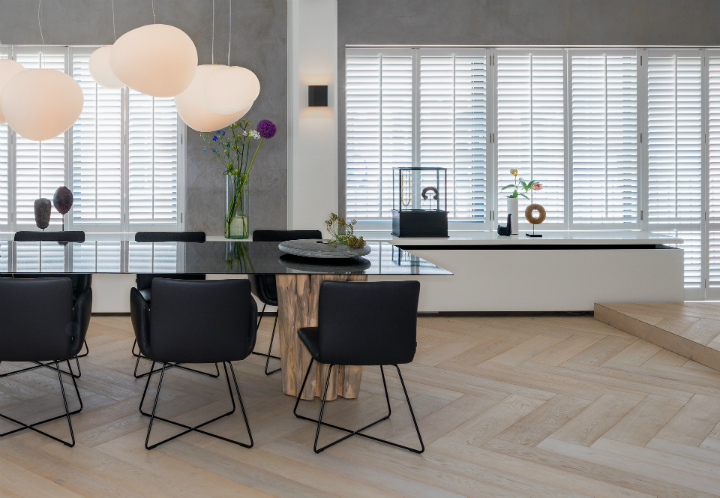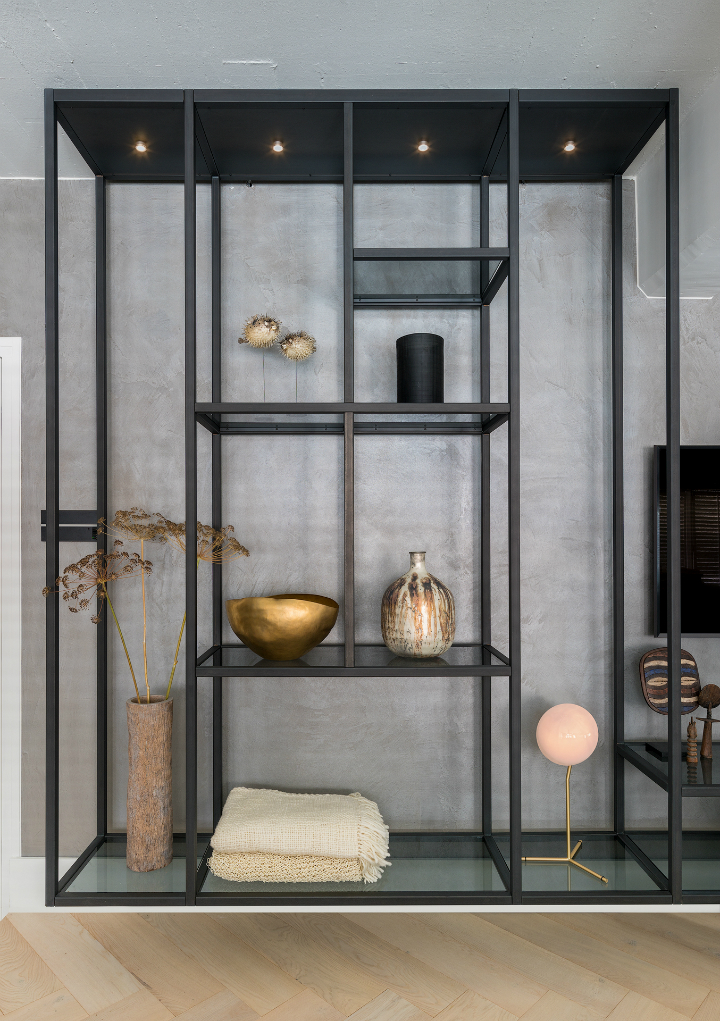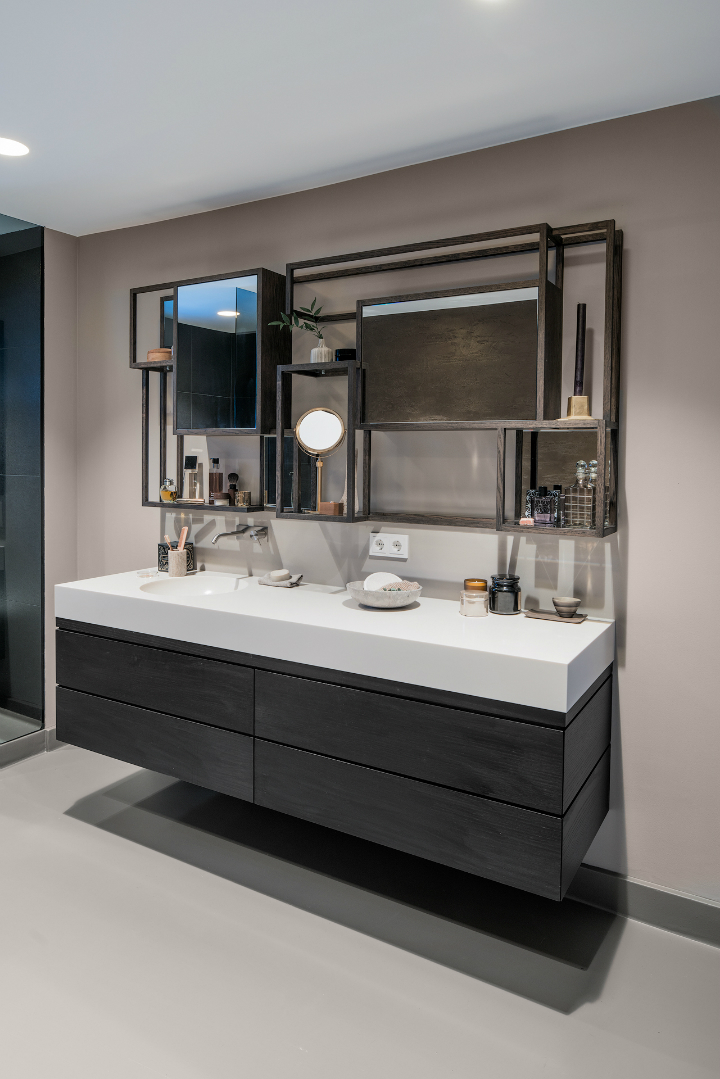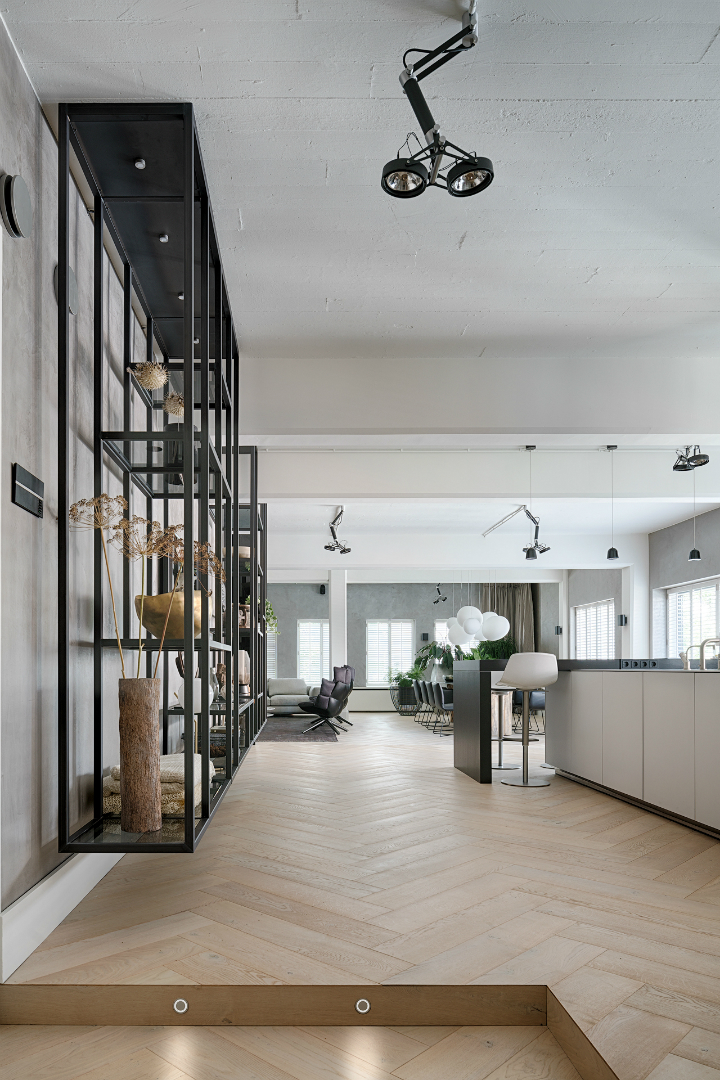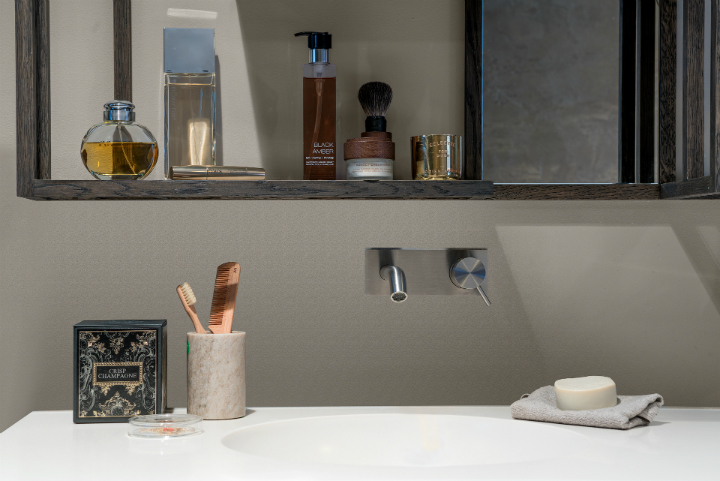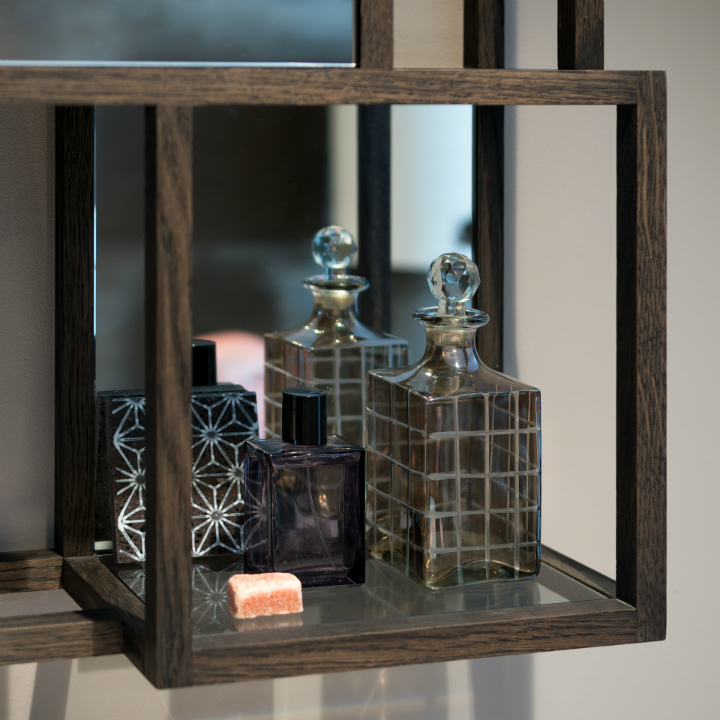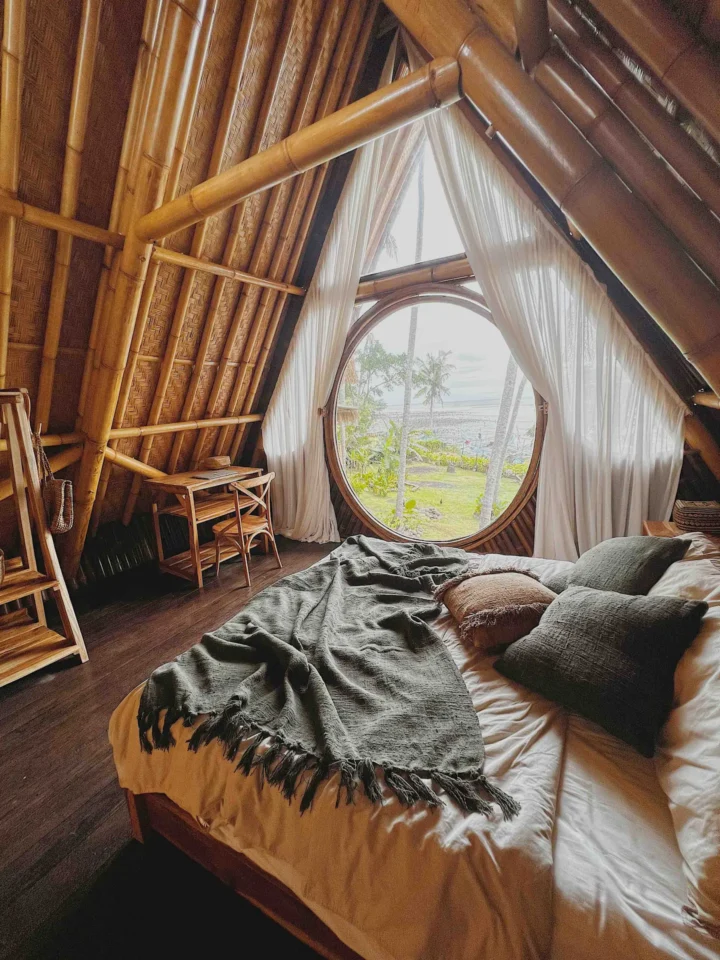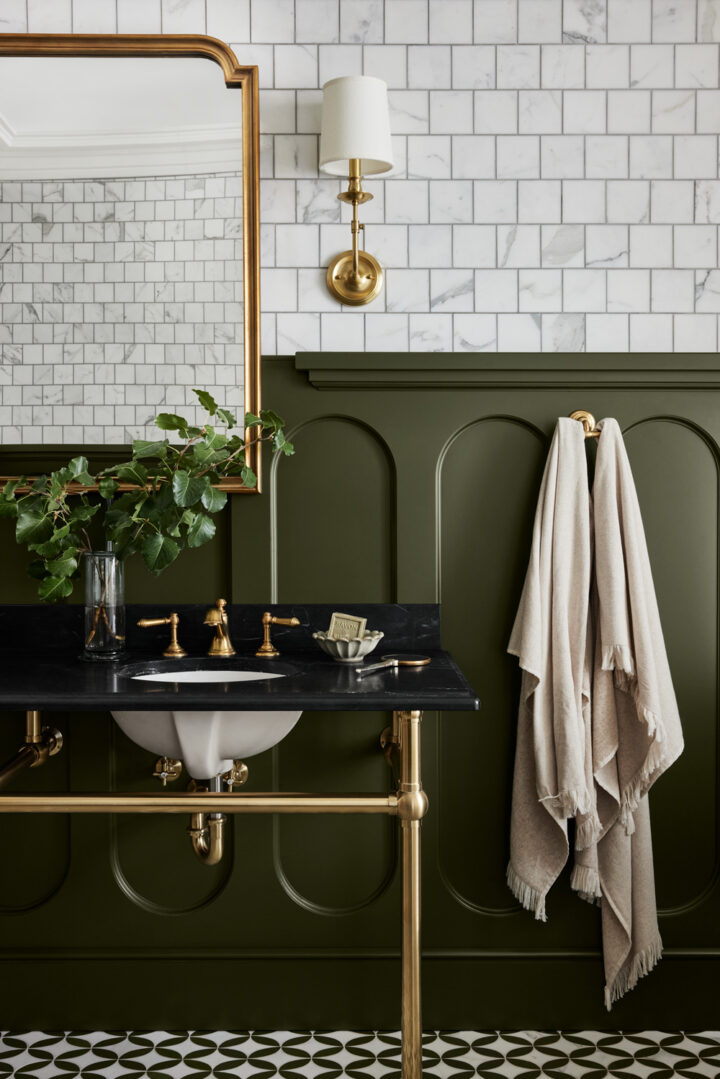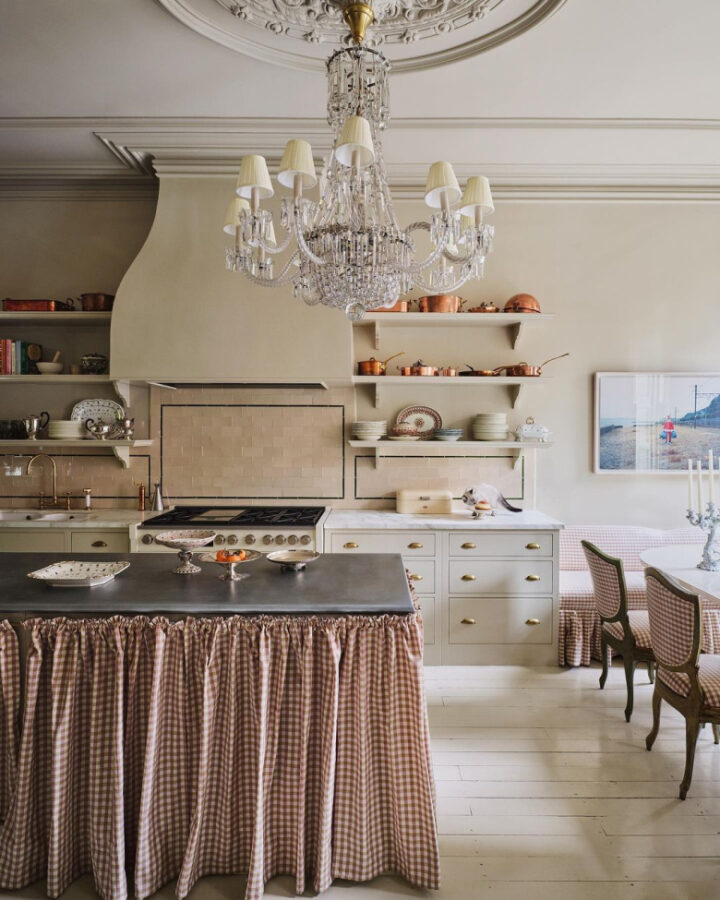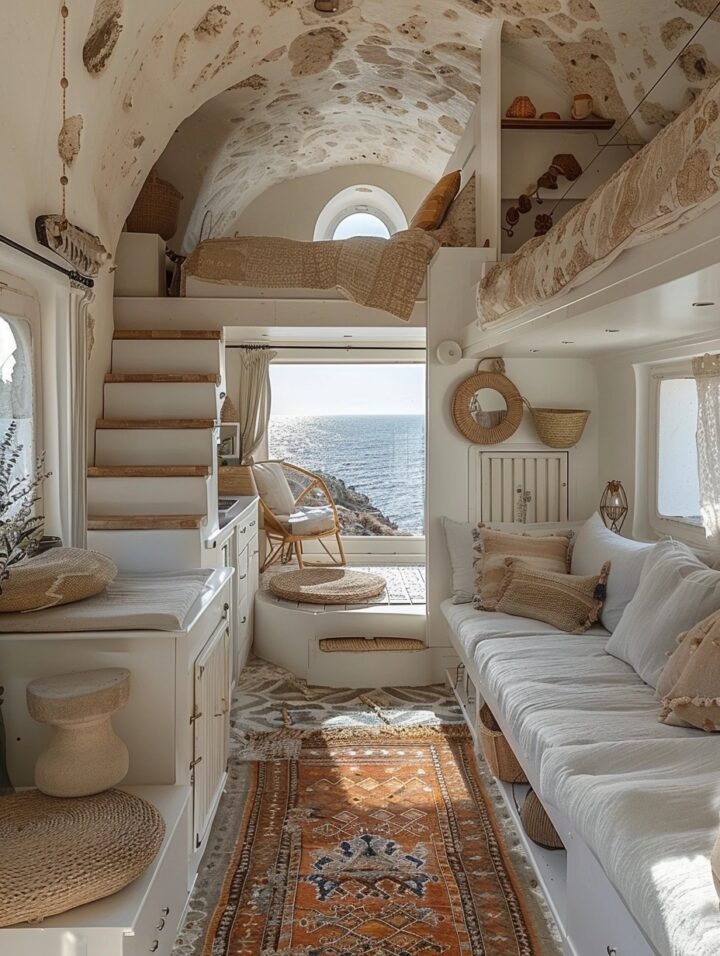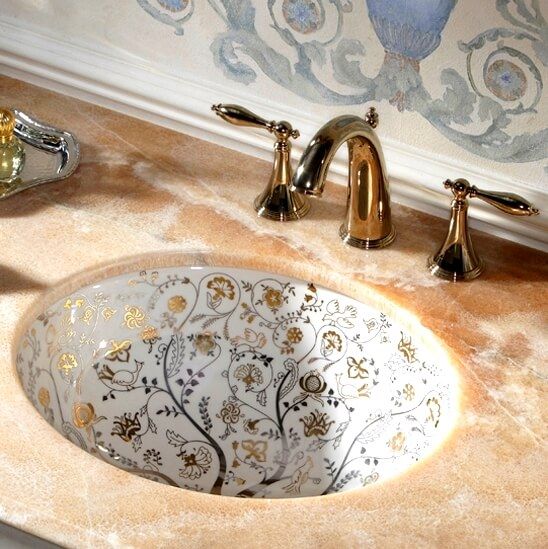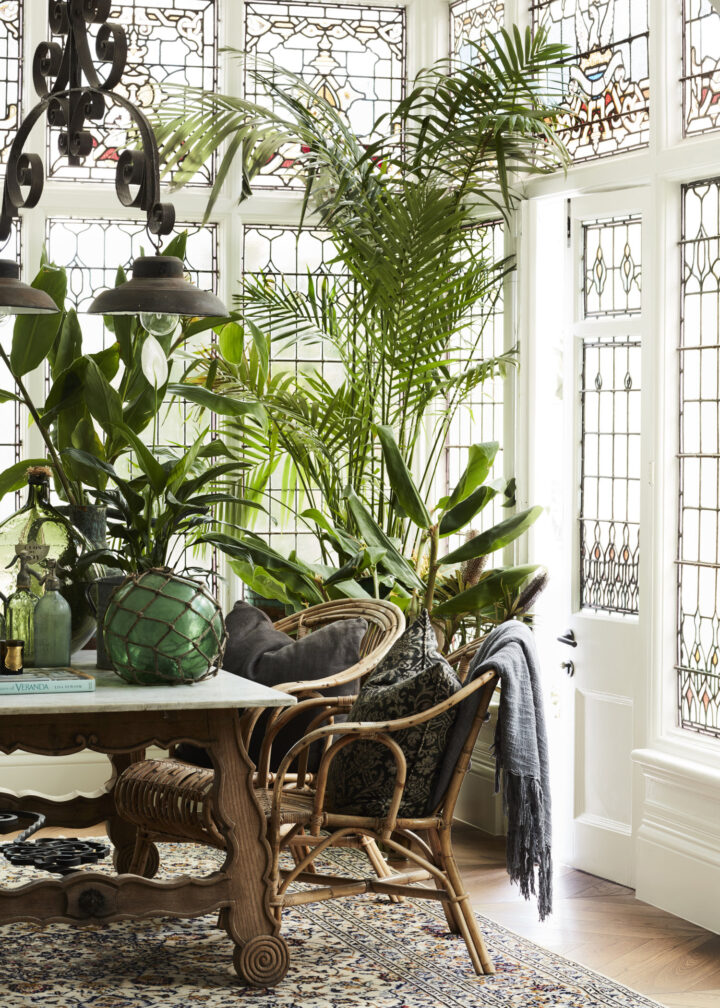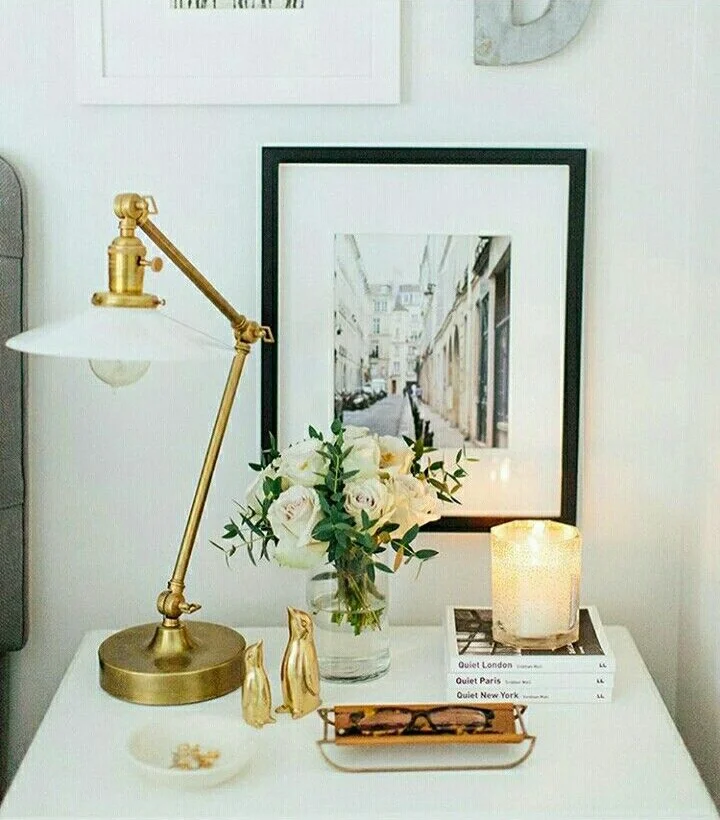Kolenik transforms Brussels office into cosy loft. Dutch interior designer adds a touch of comfort to an industrial apartment.
BRUSSELS – By transforming a former office in Brussels into a homely loft, Dutch interior and furniture designer Robert Kolenik shows how a spaciously set up industrial apartment can be decorated as a warm, comfortable home.
Thus the rising star among designers, known for his sustainable interiors, adds a new chapter to his portfolio of challenging, high-profile designs. Robert Kolenik garnered international renown when he designed a kitchen counter featuring a large aquarium, and a carport with built-in solar panels for recharging electric cars. He is also responsible for the interior design of various restaurants and hotels, such as the iconic round hotel beside the A2 in Amsterdam. Kolenik is known for his unique Eco Chic style, for which he uses natural and sustainable materials.
Although this style is apparent in the Brussels apartment, Kolenik found the sheer sizes and dimensions of the rooms especially challenging. For example, the living room is 20 meters deep and 10 meters wide. Kolenik adjusted the furniture to these measurements, for example by positioning a six metre-long lounge suite, an almost four metre-long kitchen table, an 80 inch TV, and large cabinets fashioned from blue steel and smoked glass along the walls.
‘Interior design for larger homes like this is all about using space in the right way. Most standard furniture is too small and therefore gets lost in the surroundings’, Kolenik explains. ‘To fit with the space as a whole whilst maintaining its ruggedness, I use sturdy furniture that chimes with the industrial environment.’
Other striking elements in the design are the tree trunk used as a table leg for the kitchen table, the Gregg chandeliers by Foscarini hanging above it, and a solid wood medicine cabinet in the bathroom. The sturdy workmanship of the building, such as its concrete ceiling and supporting beams, is preserved.
Because of the crisis and structural oversupply, a large number of offices have been vacant for years. More and more of these buildings are being converted into other functions, such as housing. Kolenik believes that the transformation of this Brussels office could serve as an example and an inspiration for other buildings.


